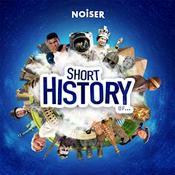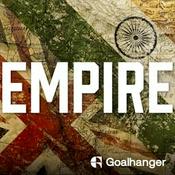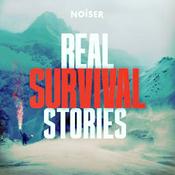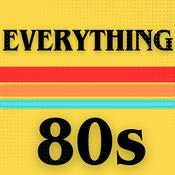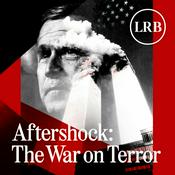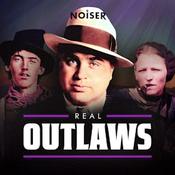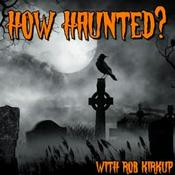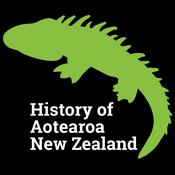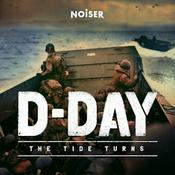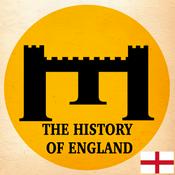69 episodes

Case 36: The Iceman
23/4/2024 | 21 mins.
CALIFORNIA. USA. The drug that goes by many names, coke, blow, snow, has addictive properties. Use of cocaine induces tolerance to the effects and addicts that withdraw from the drug experience fatigue, depression, decreased libido and a decreased ability to feel pleasure. The drug also causes around 7,300 deaths annually. With that, the stage is set for one of the strangest stories involving New Zealand, a tale that takes us from the South Island of Aotearoa where 1.2 million people call home to California in the United States of America where almost 40 million reside. This is the disturbing and tragic case of The Iceman. Visit www.truecrimenz.com for more information on this case including sources and credits.

Case 35: The RSA Murders
18/1/2024 | 41 mins.
The Royal New Zealand Returned and Services Association, better known simply as the RSA was first established in New Zealand on the 28th of April 1916 by veteran of the First World War Donald Simson. The RSA is a registered charity that raises money to “provide support and comfort for service men and women and their families”. In 1921, the RSA successfully campaigned for ANZAC Day (the 25th of April) to become a public holiday. However, there is one dark, horrifying moment in the history of the RSA, that would see the organisation the victim of one of the most cruel and depraved acts of violence in NZ’s history. This savage, vicious crime took place only seventeen days before Christmas in December 2001 and resulted in the longest prison sentence in the annals of New Zealand. The events of that day went down in history as The RSA Murders. Visit www.truecrimenz.com for more information on this case including sources and credits.

TALES II: Bloody Friday
10/10/2023 | 19 mins.
On the 9th of June 1978, natives of the Southland city of Invercargill in the South Island of New Zealand were treated to a curious sight, 1,300 ewes (female sheep) wandering confused around Invercargill’s main shopping district. The confused sheep created chaos as they dashed across roads making traffic come to a standstill, chewed on the local shrubbery and ran into shops looking for safety. But why was this happening? Who set these poor critters loose? Visit www.truecrimenz.com for more information on this case including sources and credits.

INVESTIGATES III: Psychopathy
15/7/2023 | 34 mins.
Psychopathy is no longer a diagnosis in the Diagnostic and Statistical Manual of Mental Disorders as of the third edition. Rather the diagnosis would be antisocial personality disorder with psychopathic traits. These psychopathic traits are characterised by “a lack of anxiety or fear and by a bold interpersonal style that may mask maladaptive behaviours”, e.g. not adjusting adequately or appropriately to certain environments or situations. Psychopathic traits are assessed using a variety of measurement tools, most famously Robert D. Hare’s Psychopathy Checklist (PCL-R), brought to the mainstream by author Jon Ronson in his book The Psychopath Test. Dr Hare’s checklist is a list of 20 traits which the assessed is scored on a three-point scale, for example, item 6 is lack of remorse or guilt and the recipient is assessed, giving a grade of 0 for no match, 1 for a partial match or 2 for a good match. If someone scores above 30 on the checklist, they are considered to have psychopathic traits, for instance, serial killer/serial rapist Ted Bundy was evaluated at 39/40. Visit www.truecrimenz.com for more information on this case including sources and credits.

Case 34: Phyllis Symons
02/6/2023 | 28 mins.
HATAITAI. WELLINGTON. Construction on, what would become, Mount Victoria Tunnel began in December 1929 and was estimated to take 15 months and cost around £132,000 (approximately $16,000,000 today). Two teams of diggers began on each side of the mountain and began tunnelling through. The initial breakthrough occurred on the 31st of May 1930, six months into construction. Construction of the tunnel continued into the next year. However, sometime in early July 1931, construction on the tunnel was halted. The workers were contacted by police to cease work on the project. Over the next three days, over 100 police and relief workers sifted through over 2,000 tons of rock and soil from the excavation. They were searching for something, but what were they searching for, who were they searching for? Visit www.truecrimenz.com for more information on this case including sources and credits.
More History podcasts
Trending History podcasts
About True Crime New Zealand (NZ)
Listen to True Crime New Zealand (NZ), Search & Rescue NZ and many other podcasts from around the world with the radio.net app

Get the free radio.net app
- Stations and podcasts to bookmark
- Stream via Wi-Fi or Bluetooth
- Supports Carplay & Android Auto
- Many other app features
Get the free radio.net app
- Stations and podcasts to bookmark
- Stream via Wi-Fi or Bluetooth
- Supports Carplay & Android Auto
- Many other app features
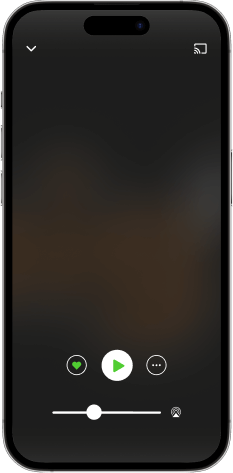

True Crime New Zealand (NZ)
download the app,
start listening.


